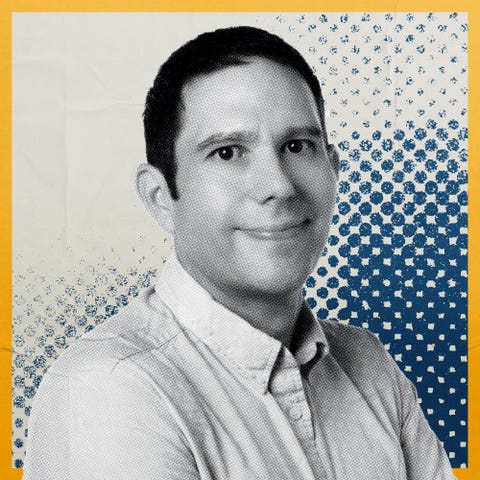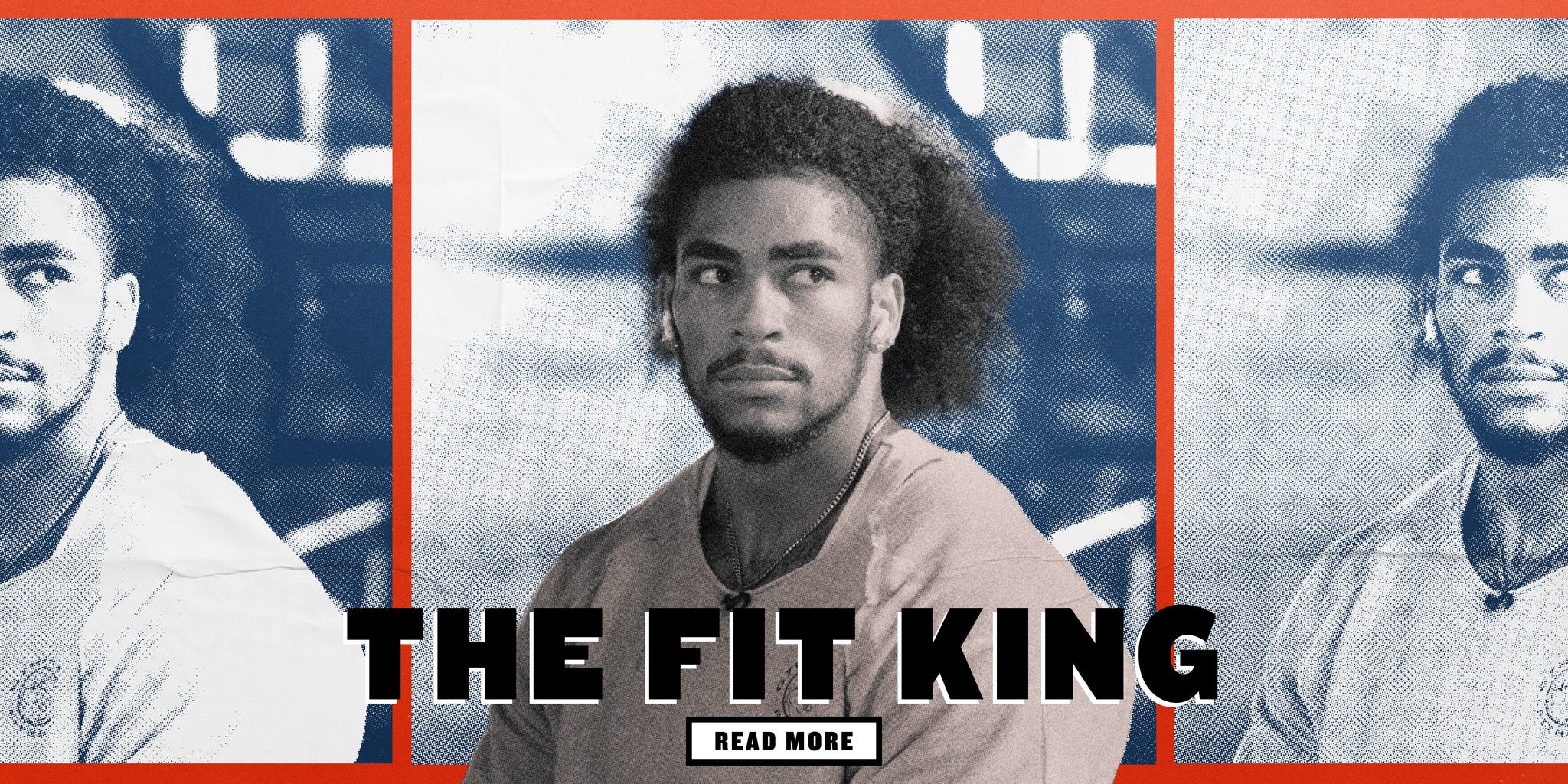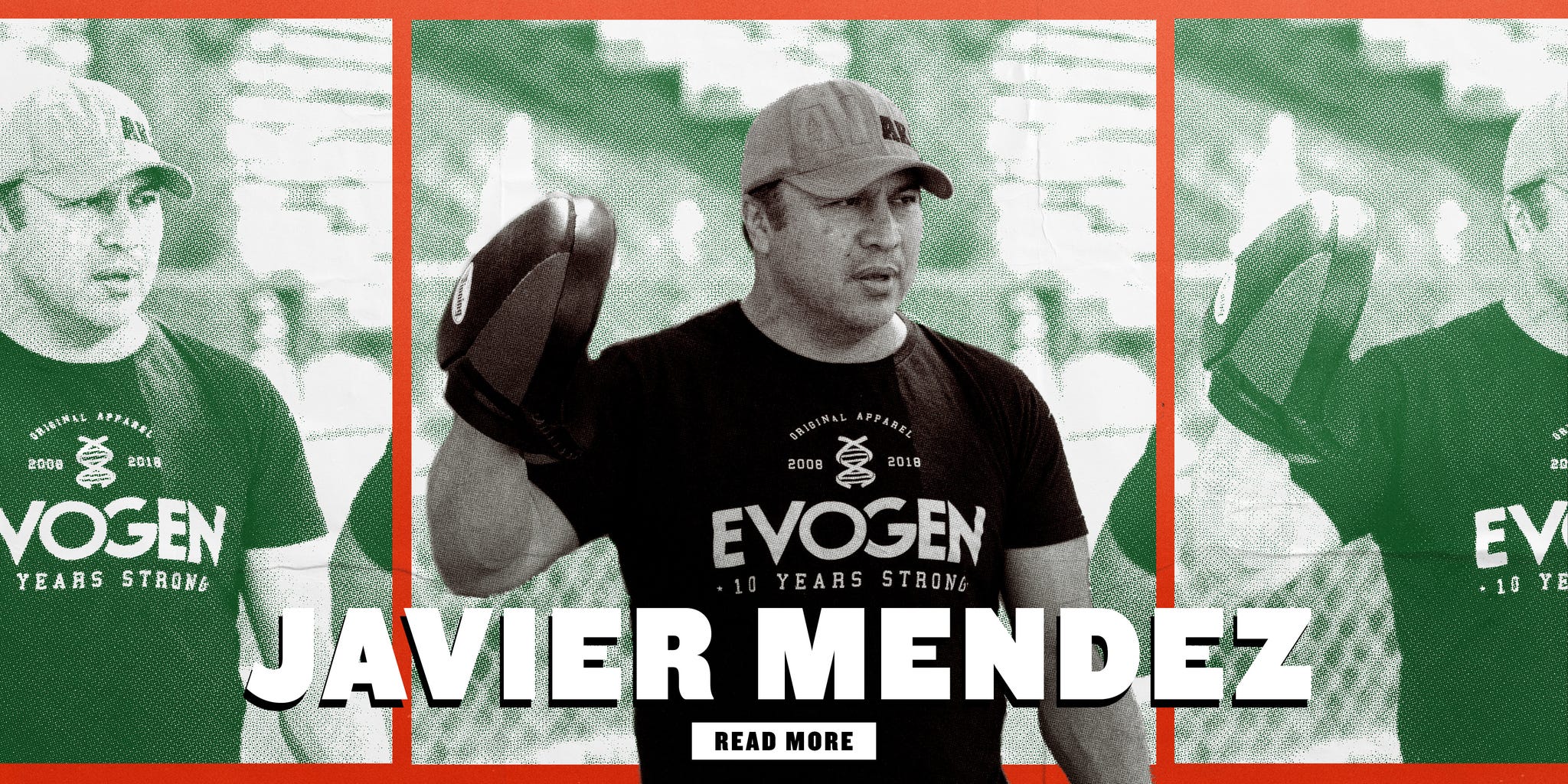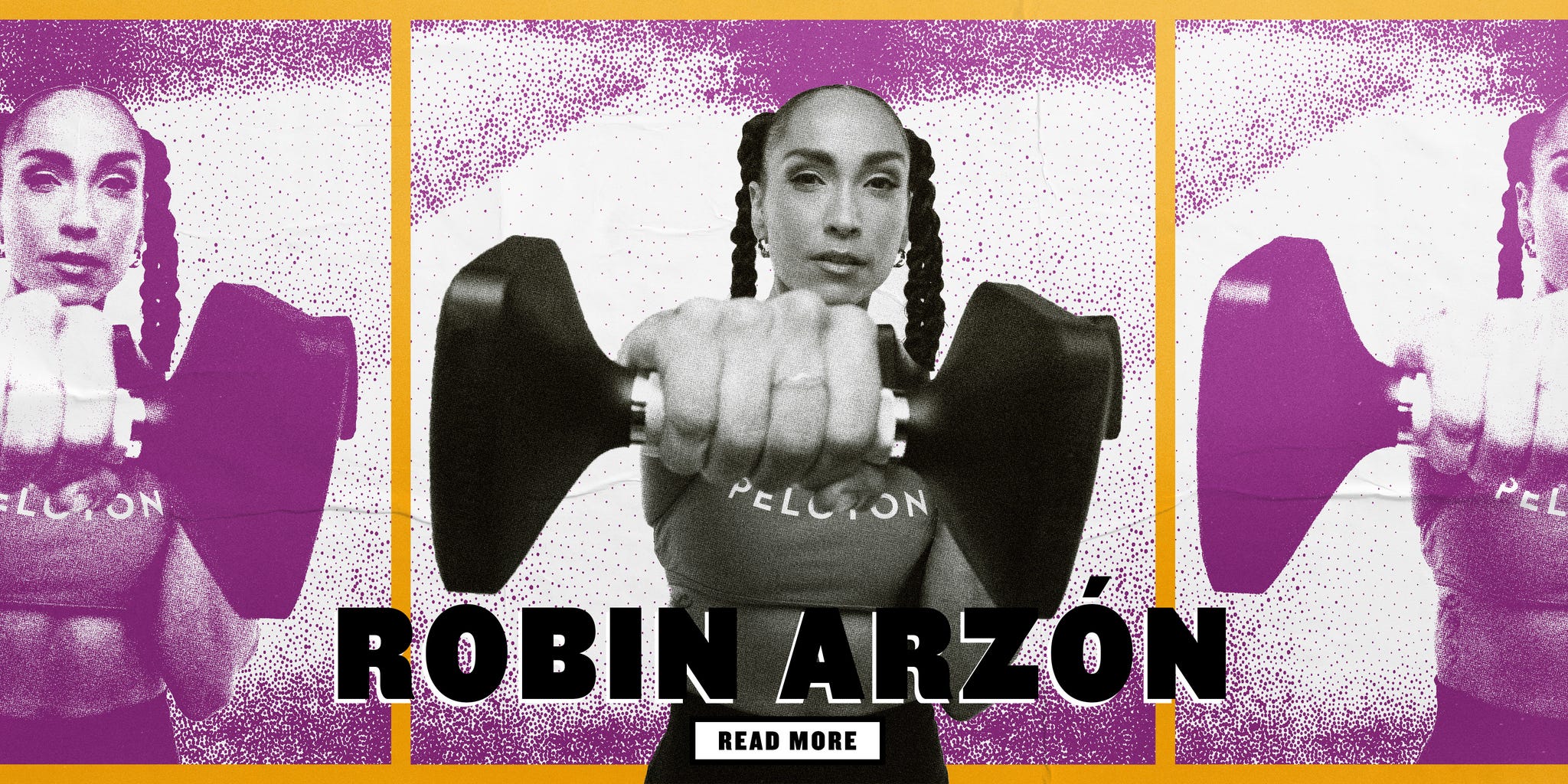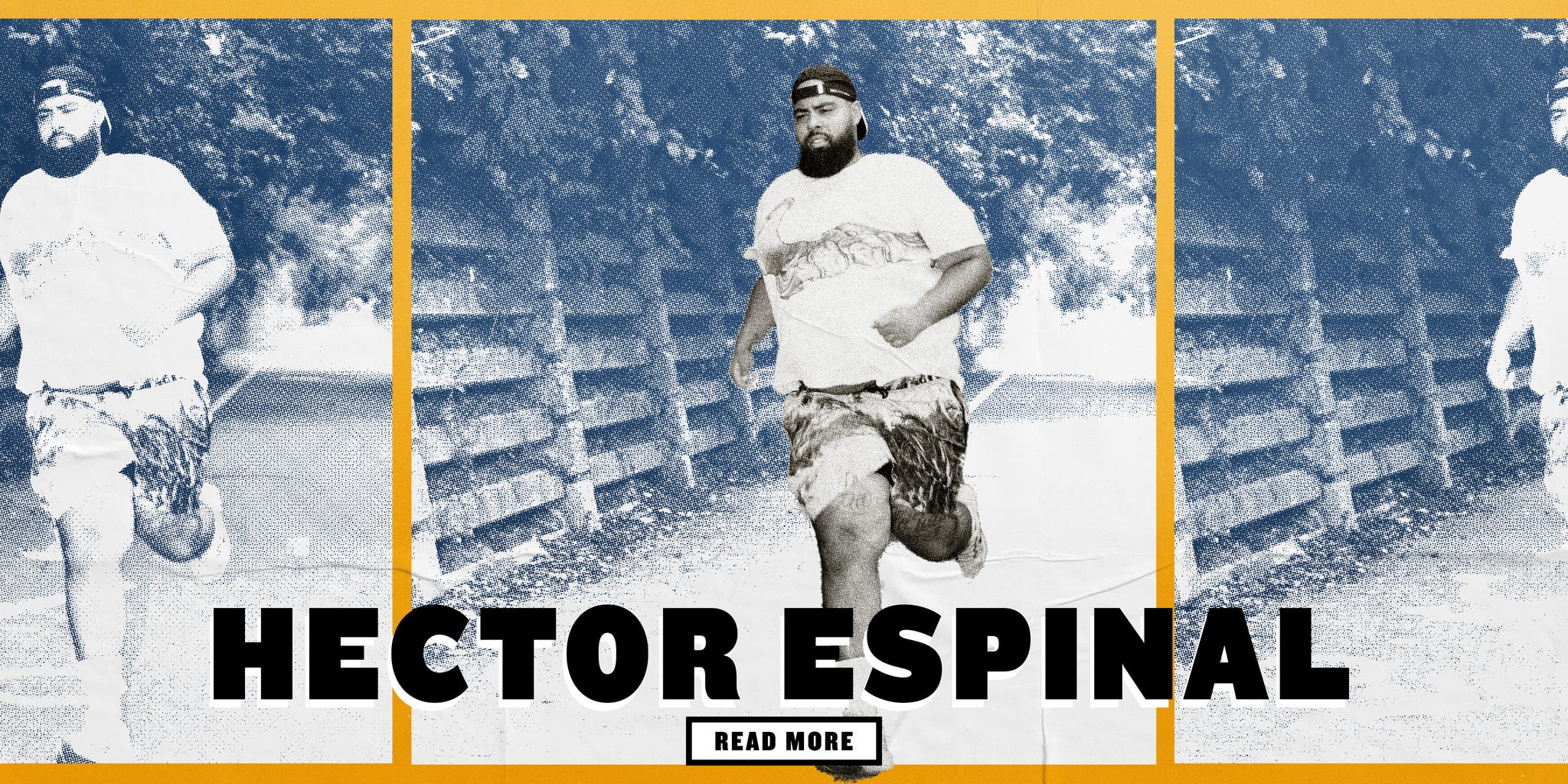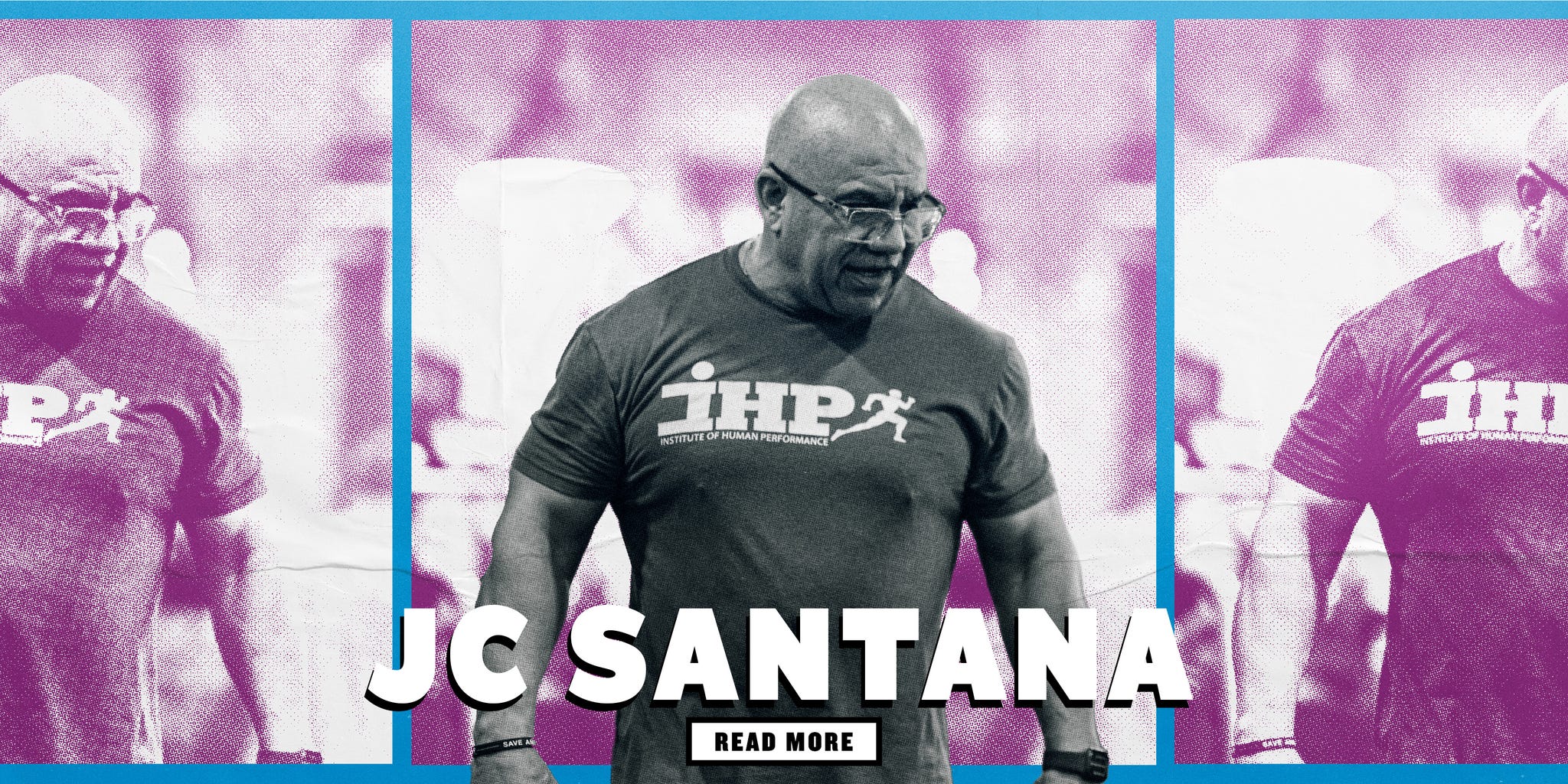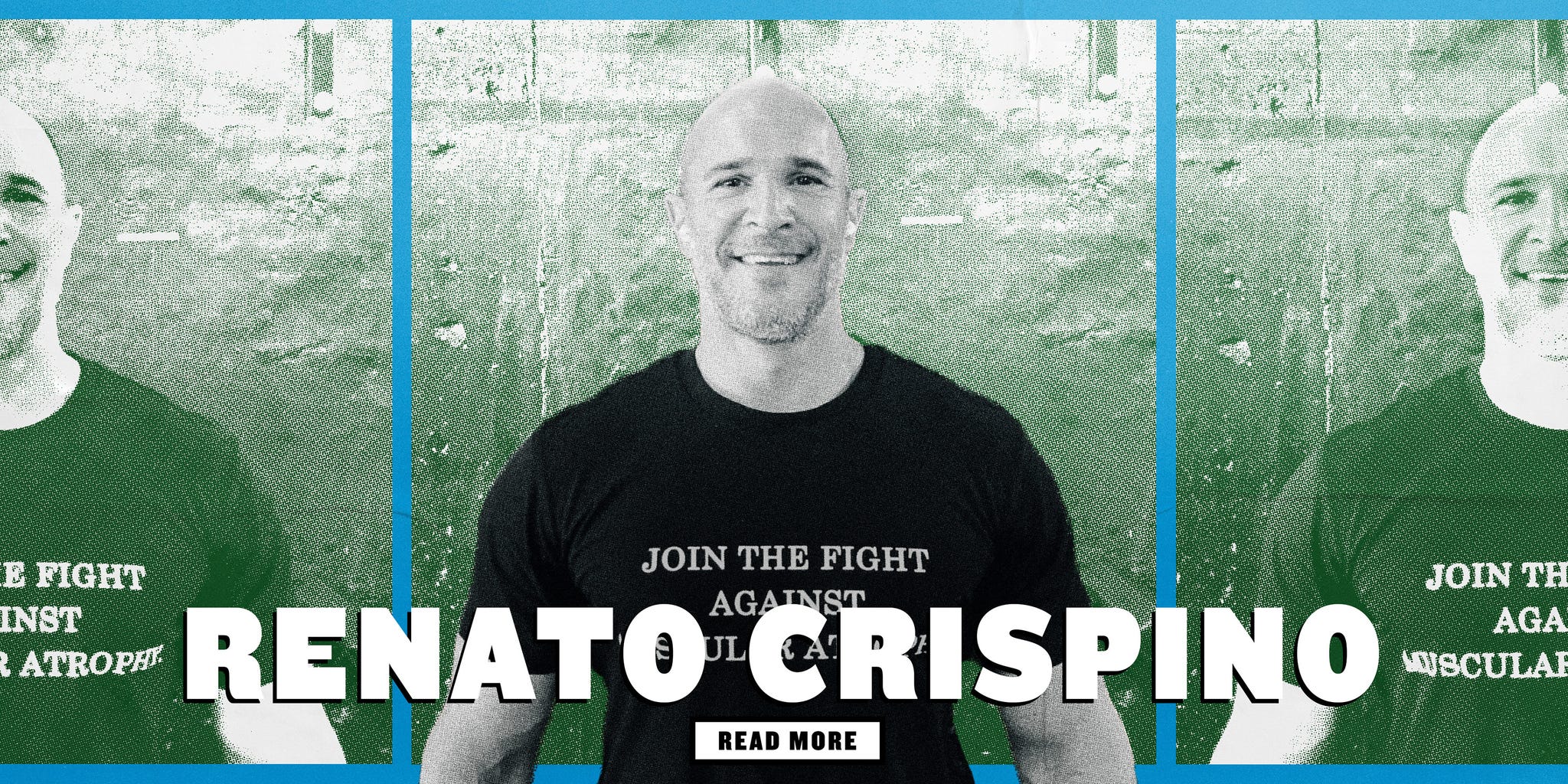
MY FAMILY REUNIONS are not small affairs. When the Perezes convened over the summer in my hometown of Gilroy, California, there was a substantial crowd (my late grandparents produced 15 children) and we ate tacos, sipped Modelos, and recounted stories of our shared loved ones and legacy. Still, I couldn’t help thinking about how much differently I approach these indulgences compared to years past.
I remembered having a much-delayed physical at age 24—and the life-changing conversation that followed. The exam revealed that I was carrying 230 pounds on my 5-foot-10 frame, putting me in the Class 1 obese category. The chaser: The blood sample taken showed I had a fatty liver, making for a fun conversation with the doctor.
“Was it because I came in hung over?” I asked.
“That wouldn’t have changed the results that much,” he responded. “You can’t drink for three months.”
That conversation was life-saving, setting me on the path toward better health and exercise, which became a passion. But for many Hispanics in the United States, fitness remains a challenge. Research shows that Hispanics are 70 percent more likely to be diagnosed with diabetes than non-Hispanic whites. And according to a 2020 report from the CDC, 44.8 percent of Hispanic adults are obese, a snapshot into why Type 2 diabetes afflicts Latinos at higher rates than most other ethnic groups.
Such struggles have long been there for those from Latinx backgrounds [Editor’s note: In recent years, the Human Rights Commission and other groups have adopted the term Latinx, which includes more groups from Latin America when referring to these communities.]. And each generation has faced its own challenges. My father, Nestor Perez, and the older half of the Perezes (second-generation in the United States after arriving from Mexico) battled different issues. They’d work the fields and orchards of California, sometimes hiding from truant officers as they picked into the school year to help support the household.
Things changed after those early years. The Perezes mirrored other Hispanic families whose opportunities were typically greater than their parents, an upside of being born a U.S. citizen like my father and his siblings. Jobs shifted to be less labor-intensive and higher-paying. As a reporter for Front Office Sports and a certified trainer, I often spend my days at a keyboard in my home office. When I “go to work,” it’s with clients at the gym.
I’m not the only fitness pro with a Latinx background who’s fighting to turn the health tide for Hispanic and Latino people, and you’ll see that in Men’s Health’s collection of stories profiling Latinx changemakers. You’ll learn about Peloton star Robin Arzón, MMA coach Javier Mendez, and functional training guru JC Santana—along with up-and-comers like online coach King G and run crew founder Hector Espinal. All work hard to spread knowledge about fitness to Latinx communities. And they’re finding increasing success in part because those communities are more actively taking control of their health. From 2010 through 2022, Hispanics were the fastest-growing demographic for fitness facility memberships and spend more each month on memberships (an average of $70) than any ethnic demographic, according to the 2023 U.S. Health & Fitness Consumer Report.
Still, there’s more to be done for our community to have the same level of access to health and fitness. While Hispanics and Latinos make up nearly 20 percent of the U.S. population, our wealth lags our white counterparts. In my 10 years as a personal trainer, I’ve had just two Hispanic clients, a product of living in suburban D.C. that doesn’t have the same ethnic makeup of California (where Hispanic/Latino people make up 40 percent of the population, according to U.S. Census data). I hope that given the current trends in the fitness world—and demographic growth more broadly—my clientele will expand to include more people with my background.
I’m glad that we’ve made the progress we have, though. That’s not to say we forget the past, which was laid out for me by dozens of picture boards of our ancestors my mom, a more recent Perez, created for the reunion. Even in black and white, my family’s humor can be seen in photos like my grandfather pretending he had cut down a sequoia with an ax.
There’s equity in being a Perez. Eight years ago as I prepared for my third World’s Toughest Mudder with my father serving as my pit crew, I thought about the progress I had made with my health—and that of my family, whose hard work in my grandparents’ and father’s generations cleared the path for me to run.
By the end of the 24-hour obstacle race, I had covered 53 miles—as close I could get to the distance of two marathons (and in keeping with the Perez sense of humor, I imagined it as a “52.2 mile” car sticker to troll marathoners). It was a personal win, and it was even more meaningful with my father by my side.
That entire Tough Mudder experience reminded me of the power that my family legacy (and the larger scope of the experience of Latinx cultures) has when it comes to chasing goals: No matter the challenge, we have the persistence to push forward and progress.
-A.J. Perez, ACE-CPT and journalist
FROM TOP TO BOTTOM: Courtesy King; @iamthebay; Jason Rodgers for Peloton; Jason Bautista/@jpegs.art; Mauricio Paiz; Courtesy Crispino; MH Illustration
 Print
Print
